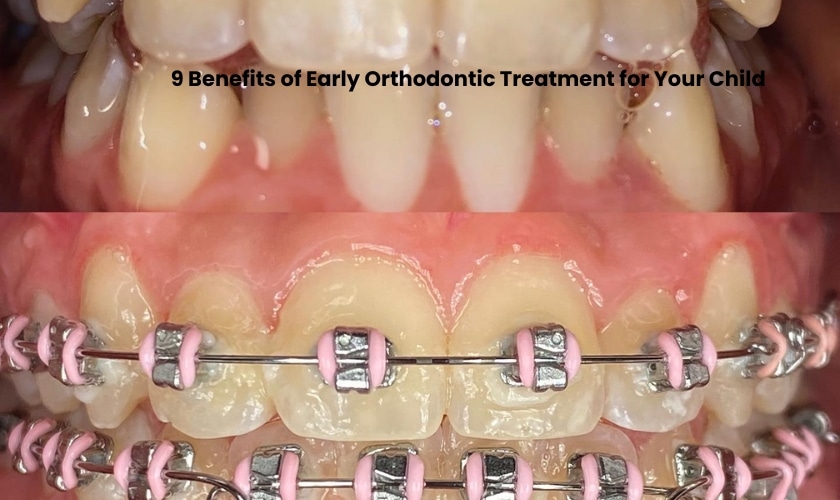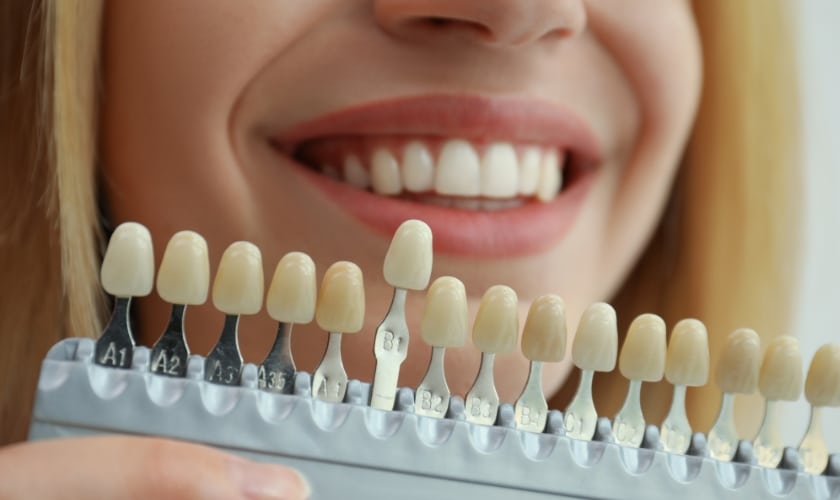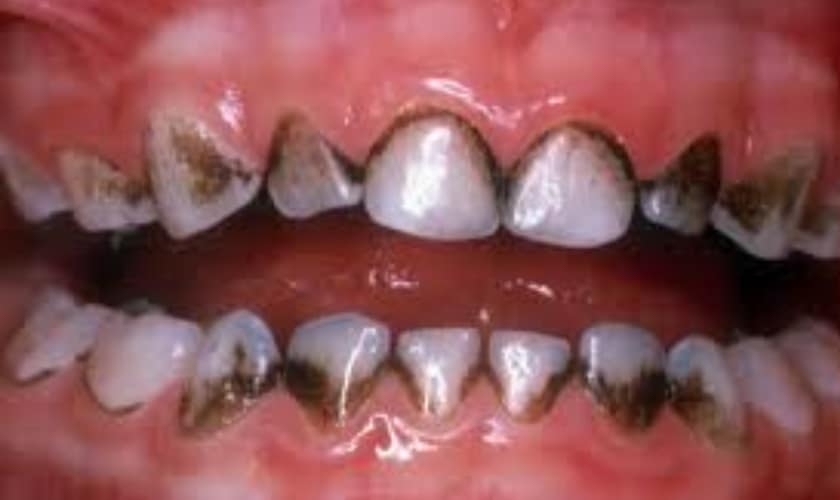
A trip to the dentist isn’t always at the top of our “fun things to do” list. But maintaining good oral health is crucial for overall well-being. If you’ve been told you need a cavity filled, you might be wondering, “Why is anesthesia necessary for tooth fillings?” After all, fillings seem like a minor procedure. However, anesthesia plays a vital role in ensuring a comfortable and successful experience for both you and your dentist.
This blog post will delve into the world of dental fillings, exploring the steps involved, the role of anesthesia, and alternative options for pain management. Let’s shed some light on why numbing your mouth is often necessary and equip you with the knowledge to make informed decisions about your dental care.
Signs You Need Dental Fillings
Tooth decay, a common dental issue, occurs when bacteria in your mouth feed on sugar and starches, producing acid that erodes tooth enamel. If left untreated, this erosion can cause cavities, which enlarge the tooth’s holes. While you might not always experience pain with a cavity, there are several signs that might indicate you need a filling:
- Toothache: This is the most obvious sign, ranging from a dull ache to a sharp pain.
- Sensitivity to hot or cold: Teeth with cavities may become sensitive to temperature changes.
- Stained or discolored teeth: A dark spot on a tooth can indicate decay.
- Pain when biting: If chewing causes discomfort, it could be a sign the cavity has reached deeper layers of the tooth.
If you experience any of these symptoms, schedule an appointment with your dentist for a diagnosis. Cavities must be found and treated early to avoid more damage and the need for more involved procedures.
What Steps Are Involved in Filling a Tooth?
A dental filling typically involves a few key steps:
- Examination and X-rays: The dentist will examine your teeth and take X-rays to assess the extent of the cavity.
- Anesthesia: To make the area surrounding the tooth numb, a local anesthetic is applied.
- Cleaning and preparation: The dentist will remove any decay using a drill or laser.
- Placing the filling: The dentist will clean the area and fill the cavity with a composite resin or other material.
- Shaping and polishing: The filling is shaped and polished to match the surrounding tooth structure.
While this might seem like a simple process, each step requires precision and patient comfort. This is where anesthesia comes in.
Why Is Anesthesia Necessary For Tooth Filling?
There are several compelling reasons why anesthesia is used during most tooth fillings:
- Pain Management: During the cleaning and preparation stage, the dentist needs to remove decayed tissue. This can involve drilling into the tooth, which can be quite painful without numbing the area.
- Patient Comfort: A numb mouth allows you to relax and remain still during the procedure. This is crucial for the dentist to work effectively and ensure proper filling placement.
- Reduced Anxiety: Dental anxiety is a common concern. Anesthesia helps alleviate any anxiety associated with potential pain during the procedure.
- Precision: A numb mouth allows the dentist to work with greater precision and focus, leading to a more accurate and durable filling.
Can We Skip Anesthesia for Filling?
In some cases, depending on the severity of the cavity and the patient’s pain tolerance, skipping anesthesia might be an option. However, this is generally not recommended. Here’s why:
- Discomfort: Even with minimal decay, drilling on a tooth can cause discomfort.
- Movement: The pain or discomfort can cause you to flinch or move, making it difficult for the dentist to complete the procedure effectively.
- Increased Risk of Errors: A moving target makes precise drilling challenging, potentially leading to inaccurate filling placement or damage to the surrounding tooth structure.
- Anxiety: Even the thought of potential pain can cause anxiety during the procedure.
Dental Fillings Aftercare
Following your filling, your dentist will provide specific instructions on caring for your new restoration. Here are some general after-care tips:
- Practice good oral hygiene: Brush twice daily and floss once daily to maintain good oral health and prevent future cavities.
- Avoid chewing hard foods: For the first few days after the filling, avoid chewing on hard or sticky foods that could dislodge the filling.
- Sensitivity: You might experience some temporary sensitivity to hot or cold after the filling. This usually passes after a few days and is normal. See your dentist if the sensitivity continues.
- Pain medication: If you experience discomfort after the anesthesia wears off, over-the-counter pain relievers like ibuprofen or acetaminophen can help manage the pain.
Alternatives to Traditional Anesthesia
While local anesthesia is the most common method for pain management during fillings, there are a few alternative options to consider, especially for patients with dental anxiety:
- Topical anesthetic: A topical anesthetic gel or ointment can be applied to the gums to numb the area before injecting the local anesthetic. This can help minimize the discomfort associated with the initial needle prick.
- Laughing gas (nitrous oxide): This mild sedative gas can help you relax and feel less anxious during the procedure. It doesn’t numb the area, but it can create a sense of detachment and reduce discomfort.
- Oral sedation: In some cases, your dentist might prescribe an oral sedative medication to take before the procedure. This can induce a light state of drowsiness and reduce anxiety.
Conclusion
Dental fillings are a routine procedure that help preserve your oral health and prevent further tooth decay. While the process itself might seem straightforward, the use of anesthesia plays a crucial role in ensuring a comfortable, effective, and successful treatment. Understanding the “why” behind anesthesia can help alleviate any apprehension you might have about fillings and encourage you to prioritize your dental health.
Schedule a regular dental checkup with your dentist to maintain good oral health and identify any potential cavities early on. Don’t hesitate to discuss your concerns about anesthesia or alternative pain management options with your dentist. Together, you can create a personalized plan for a comfortable and positive dental experience.




